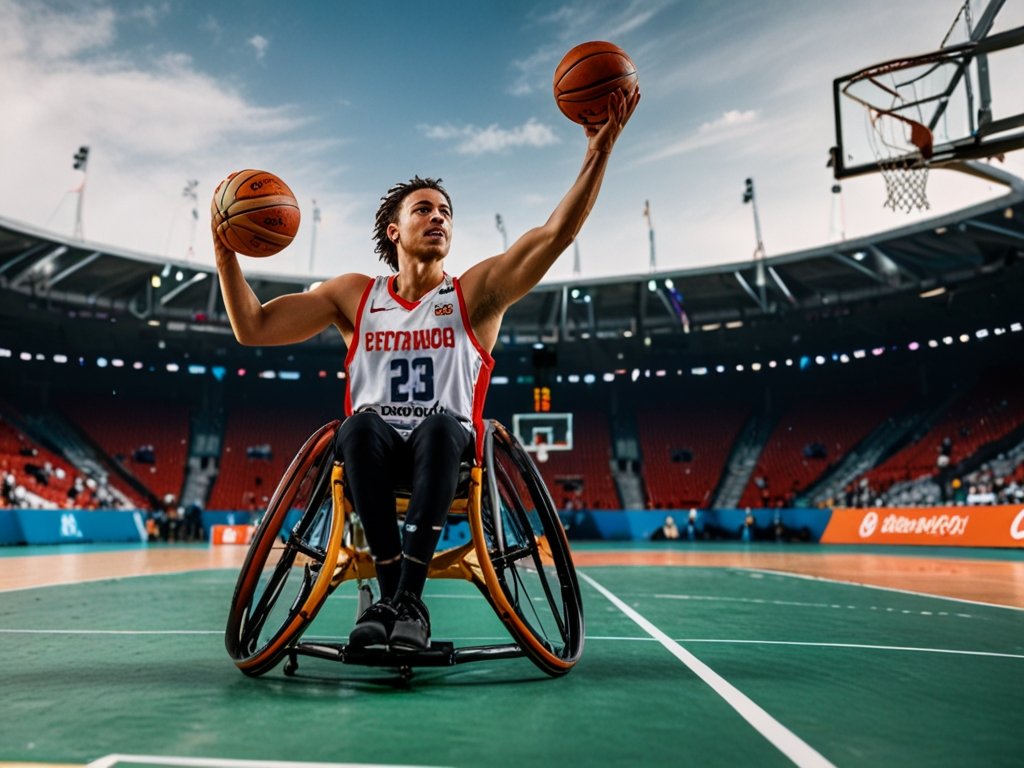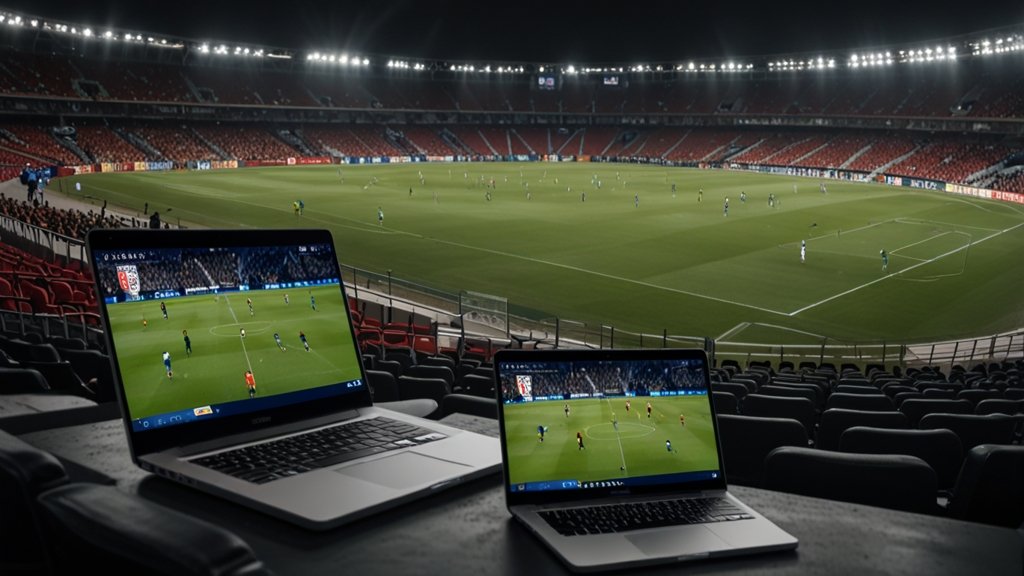Imagine: The roar of the crowd, the squeak of tires pivoting at breakneck speed, and the thunderous slam of a ball swishing through a net—10 feet high, just like the Olympics. This isn’t just basketball. This is wheelchair basketball at the Paris 2024 Paralympics, where athletes defy gravity, history, and expectations.
From August 28 to September 8, 16 teams (8 men’s, 8 women’s) will clash at Bercy Arena, blending raw skill with strategic brilliance. The stakes? For Team USA’s men, a historic “three-peat” gold. For the Netherlands’ women, a fierce defense of their title. But beyond medals, this event symbolizes a 75-year journey from post-WWII rehabilitation to a global spectacle of inclusivity. Let’s dive into the grit, glory, and groundbreaking moments defining Paris 2024.
1. The Roots of Resilience: How Wheelchair Basketball Became a Paralympic Powerhouse
From Hospital Floors to Global Arenas
After WWII, wheelchair basketball emerged as rehabilitation therapy for veterans. By 1960, it debuted at the inaugural Paralympics in Rome. Today, it’s a high-octane sport governed by the same court dimensions and 10-foot hoops as Olympic basketball—but with adaptations:
- Travel Rules: Players must dribble or pass after two pushes of the wheels.
- Classified Fairness: Athletes receive points (1.0–4.5) based on functional ability, ensuring teams balance skill and mobility (see table below).
The Classification System Demystified
| Class | Functional Ability | Role on Court |
|---|---|---|
| 1.0 | Limited trunk control; rely on arms for stability | Defensive specialists |
| 2.0 | Partial trunk control; can lean forward | Playmakers |
| 3.0 | Moderate trunk control; able to rotate | All-rounders |
| 4.0–4.5 | High trunk control; agile in all directions | Sharpshooters |
Teams cannot exceed 14 total points on the court, ensuring balanced competition.
2. Paris 2024: The Contenders, Rivalries, and Dark Horses
Men’s Tournament: USA’s Quest for a Three-Peat
Team USA, led by 5-time Paralympian Steve Serio, blends experience and youth. Their “pick-and-roll” strategies and Serio’s court vision make them favorites. But rivals lurk:
- Great Britain: Silver medalists in Tokyo, hungry for gold.
- Australia: Known for aggressive defense and fast breaks.
Women’s Tournament: Netherlands vs. The World
The Dutch women, reigning champions, rely on Mariska Beijer (6.8 points per game in Tokyo). Challengers include:
- Germany: Tactical masters with a 2023 European Championship win.
- China: Rising stars with unmatched speed.
Algeria’s Ascent: A Symbol of Global Growth
Since their 2016 Paralympic debut, Algeria’s men have become African champions. Their presence underscores the sport’s expanding reach.
3. Athletes to Watch: Icons and Trailblazers

Steve Serio (USA): The Maestro
A 3-time gold medalist, Serio’s leadership and 4.5-point classification make him the LeBron James of wheelchair basketball.
Natalie Schneider (USA): Chasing History
Seeking her 5th Paralympic medal, Schneider’s versatility (3.0 class) and clutch shooting are unmatched.
Bo Kramer (Netherlands): The Prodigy
At 24, Kramer’s 4.5-class dominance in the paint has redefined women’s play.
4. The Science of the Sport: Engineering Speed and Precision
Custom Wheelchairs: More Than Metal
- Frame: Lightweight titanium or aluminum (cost: 3,000–3,000–10,000).
- Cambered Wheels: Angled for stability during sharp turns.
- Anti-Tip Casters: Prevent backward falls during leaps.
Training Like Olympians
Athletes log 10+ hours weekly on strength training, film analysis, and wheelchair drills. “It’s not just skill—it’s learning to trust your chair like it’s part of your body,” says Serio.
5. Why Paris 2024 Matters: Beyond the Medals
A Catalyst for Inclusion
Mixed-class teams prove disability doesn’t define potential. The sport’s growth in nations like Algeria and Japan reflects shifting perceptions.
Inspiring the Next Generation
Post-Paralympics, grassroots programs often see a 20% surge in participation. Paris 2024 could ignite a new wave of athletes.
FAQs
- How is wheelchair basketball different from the NBA?
Same court size and hoop height, but players dribble after two pushes and use classified teams for fairness. - Can athletes with different disabilities compete together?
Yes! The classification system balances diverse abilities, creating unified teams. - How to get tickets for Paris 2024 wheelchair basketball?
Visit the Paralympics official website; events at Bercy Arena are expected to sell out fast. - Who’s the youngest athlete competing?
Watch for 18-year-old Luca Rotolo (Italy), a rising star in the men’s division. - Has any team ever won four straight golds?
No—Team USA’s men could make history with a third in 2024.
Final Buzzer: Your Call to Action
Paris 2024 isn’t just a tournament—it’s a movement. Whether you’re a veteran fan or a newcomer, here’s how to engage:
- Tune In: NBC and Channel 4 will broadcast games globally.
- Support Locally: Find clubs via the International Wheelchair Basketball Federation (IWBF).
- Spread the Word: Share athlete stories to challenge stereotypes.
As the games approach, remember: These athletes aren’t just playing for gold. They’re rewriting the narrative of human potential. And that’s a story worth cheering for. 🏀💺
YOU MAY ALSO LIKE
Lucy Wells Jerseyexpress: The Triple Threat Revolutionizing Women’s Basketball











